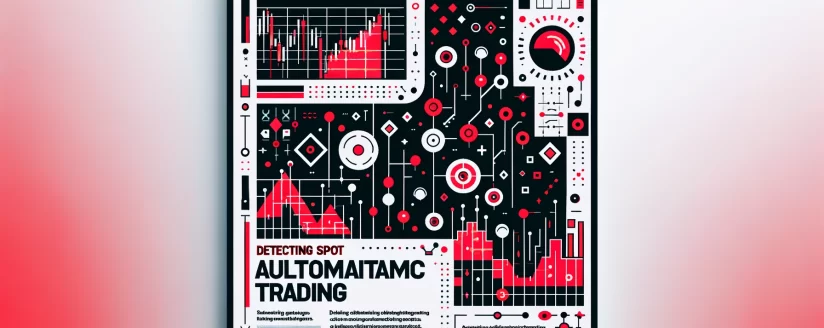What is Liquidity?
In terms of a free market, liquidity is defined as an organization’s ability to purchase or sell their asset without causing a drastic change in the value or cost of a said asset across the market.
A liquidity measure determines the returns one can generate on a particular asset, which may take the form of a share or other related resource connected to an organization.
By abstract terms and due to the evolution of a knowledge-based economy, liquidity may also affect intellectual property and information.
What are Liquidity Providers?
A liquidity provider is such an institution that creates a market for a particular asset, allowing organizations to exchange their resources readily.
In this manner, a liquidity provider, in essence, creates a new demand and supply network for a particular commodity or asset class within which thew provider operates.
These providers ensure that the market remains stable regarding a particular commodity, resource, or asset by determining and brokering fixed rates of exchange based on market evaluation of demand and supply and precedents based on market predictions.
What Is the Role of Liquidity Providers?
Liquidity providers prevent the escalation of inflation and generate price stability across the market for a particular class of commodities, ensuring that international and inter-organizational trade within the free market remains stable and accessible to all.
In this way, a liquidity provider’s role is an essential factor in the stability and growth of the economy, as frozen or immovable assets create a gap in the market, leading companies to report high frequencies of loss.
In terms of forex trading, creating and maintaining liquidity for a commodity or asset through coordination with global stakeholders is vital for ensuring international market stability.
How do Liquidity Providers work?
Initially, a liquidity provider must address the market demand for the commodity segment they serve. This helps organizations reach out to these institutions for the liquefaction of their assets. The liquidity providers work through a bilateral approach, addressing both the demand and supply of investment.
For Tier-One liquidity providers, having the largest network of connections globally, some may act as both the bidder and seller, developing extensive inventories that are slowly released to the market to ensure that prices and exchange rates remain stable.
In the case of forex or cryptocurrency trading, the liquidity provider matches two contesting pairs of currencies and facilitates exchange, keeping the international prices stable through consistent demand and supply networks.
How Do Liquidity Providers Earn?
The primary sources of income for a liquidity provider is through the differential earned between an exchange or through rebates earned because of their services to provide liquidity for an asset.
This earning model is developed due to the incentives offered by firms to various liquidity providers for creating and maintaining liquidity for their assets across the market.
In the case of forex trading, a liquidity provider may earn or incur a loss when currencies fluctuate, but their losses are eventually returned through other high-return investments.
Liquidity providers who work with investment banking initiatives have also developed revenue through venture capitalism and high-risk market investments.
How to Select A Liquidity Provider?
Selecting a liquidity provider depends on the scale of your requirements and the niche within which your organization operates.
Another factor to consider is the region within which you are interested in conducting trade. International markets may offer higher returns but can be highly competitive against a particular asset or commodity.
Whereas, limited geographical areas may offer lower returns, but can ensure ensured demand.
Choosing a liquidity provider should begin with a verification of their credential and history, where opting for publically listed providers with a positive client base and testimonials are available.
List of Popular Liquidity Providers?
Liquidity providers are divided into tiers based on their service tier and market penetration.
Finding a list of verified liquidity providers in your area and category can be conveniently carried out through intuitive online platforms that help connect brokers, providers, and organizations while charging an insubstantial fee for their services.
Some top names include HSBC, Citi Bank, Deutsche Bank, Goldman-Sachs, and Bank of America, to name a few.
How to Get in Touch With A Liquidity Provider?
You may conveniently receive the services of a liquidity provider through two methods. The first method is to contact a liquidity agent or broker who can act as a middleman between your organization and the primary liquidity provider.
In case you prefer a more direct approach, simply contacting the liquidity provider representatives through their official website is an excellent means.
Another way to find the most suitable liquidity providers is to benefit from the services of websites that aim to connect organizations to the most appropriate liquidity providers by allowing the organization to list their assets and attract the interest of providers regionally and globally.
How Much Do the Services Of A Liquidity Provider Cost?
A liquidity provider’s services can vary depending on the size or value of the asset or commodity and the extent of the market gap that must be filled.
For assets that are currently in high demand, the services may lean more towards ensuring a competitive edge for your asset’s liquidation rather than the creation of a new market dynamic.
No value can be generally assigned to the charges that a liquidity provider may quote for their services as each investment is based on a customizes and tailored approach.










